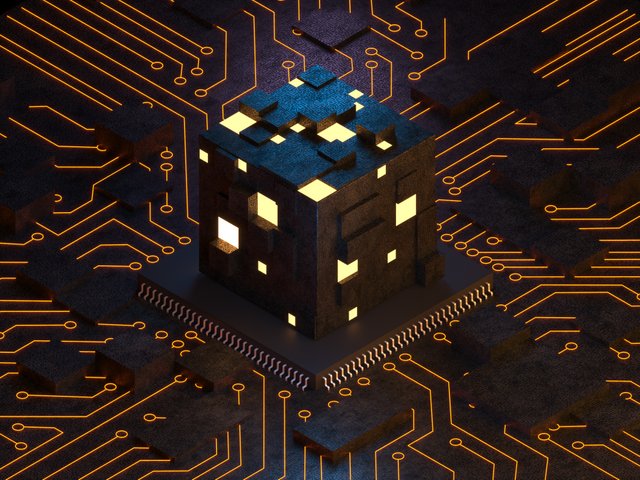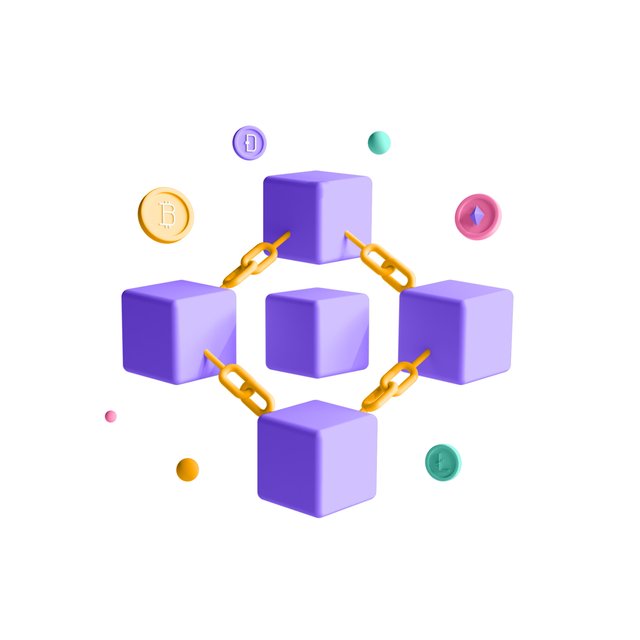Interoperability in Blockchain

Introduction
Interoperability simply means the exchange of information and data between two different systems. Hence, the meaning of blockchain interoperability from this perspective is, bridging two or more blockchains. More precisely, when different blockchain networks can exchange data or information without any problems, it may be called blockchain interoperability. This is a very special concept that makes blockchain technology more useful and versatile. In this article, we will explore this concept in detail.
Why Blockchain Interoperability is important?
I will try to make you understand this with the help of an example. Suppose you have one Bitcoin and you want to convert this Bitcoin into Ethereum in some way—not using the third party exchange. This can take place only when both of the blockchains have interoperability.
But the question is, why is interoperability so important? Let us start with the most basic feature of a blockchain – decentralization. No single body has complete control over any data or asset. When multiple independent blockchains can communicate with each other, the concept of decentralization will become even stronger.

It can also streamline financial transactions. For instance, you urgently need to help a friend who lives in another country. Usually, this transaction takes a long time and a fee when using a bank. But if your blockchain network has a direct link to their blockchain network, this process can be completed much faster and at a lower cost.
However, there is also a challenge here. Every network has its rules and protocols. To communicate in this way, these rules and protocols must match. Thus, the issue of interoperability depends on the rules and algorithms of the blockchains in question. This is a major challenge. Nonetheless, there are a few solutions to it. For example, there are projects and technologies such as Cosmos or Polkadot that solve this issue and enable communication among various blockchains.
Challenges of Achieving Interoperability Between Different Blockchain Networks
Each blockchain network has its own unique architecture, consensus model, and operational protocols. For example, Bitcoin has a proof-of-work model, while Ethereum initially started with proof-of-work but is now migrating to proof-of-stake. Due to these fundamental differences, there are differences in data formats, transaction rules, and security measures, which make it difficult to implement interoperability.
When multiple blockchains interact, scalability can become a major issue. The processing capabilities and block size limits of different networks affect their performance. If one network is slow, it can slow down other networks when interoperability is involved.
When you link different blockchains, security issues become even more complex. Once a security breach is there on one network, it can expose another linked network. Here, it will be absolutely necessary to devise a security protocol and measures prudently to be able to handle multiple networks.
Some Use Cases of Achieving Interoperability in Blockchain Technology
Interoperability in blockchain technology has the potential not only to improve existing systems but also to enable entirely new possibilities. Some of the exciting use cases and what benefits can be gained through blockchain interoperability are described below.
Decentralized Finance (DeFi)
DeFi platforms, which provide financial functions without requiring traditional financial intermediaries such as banks, could seriously benefit from interoperability. Clients will be able to use DeFi products and services from various blockchains. For instance, if a person has possessions that are on the Ethereum blockchain, they will be able to invest through assets in DeFi procedures irrespective of the blockchain on which they operate.
Healthcare Sector
Interoperability between the two different blockchain networks will allow for the effective sharing of the patient's data between the hospitals, clinics, and the borders. This will lead to increased provision of health and hasten up a response in case of life-threatening situations since the relevant data will be accessed within no time.
Supply Chain Management
Tracking and attestation of the goods within the supply chain are one of the core responsibilities. With the help of interoperable blockchains, tracking from the manufacturer up to the end consumer and real-time checking for the location and conditions of the products can be sought. This, therefore, increases transparency and reduces mistrust and errors through fraudulent activities.
Gaming and NFTs
Interoperability is a great advantage for the gaming industry, especially in the case if NFTs are part of it. In this way, the holders of such digital assets as characters and in-game items could transfer their items from game to game. This could give rise to a lively and interlinked digital economy wherein the experiences of the players are more engaging and rewarding.
Role of Blockchain Bridges
Blockchain bridges, also known as cross-chain bridges, are a solution that facilitates the transfer of information as well as assets from one blockchain to another resulting in the connection of distributed ecosystems. These bridges integrate two, three, or more blockchain networks, making it possible to move assets from one chain to another without losing any alignment.
The most common use case of a blockchain bridge is asset transfer. For example, if the user has some ETH on the Ethereum blockchain, they can convert it to a Binance-Peg Ethereum Token and use this token on the Binance Smart Chain.
However, the capabilities of blockchain bridges are not limited to asset transfer. They can also be used for data exchange, which can be requisite for decentralized applications, dApps. For example, a weather forecasting application may take data across the globe, and various pieces of this data will be located on different blockchains. Thus, bridges can help blockchains that are normally isolated to start interacting with each other.
Through bridges, blockchains that would normally be isolated can interact with each other. This connectivity creates new opportunities for both users and developers. Users gain more flexibility in terms of where and how they can use their assets, and developers gain the ability to develop new types of applications that work across multiple platforms.
Conclusion
Interoperability between different blockchain systems is essential for making blockchain technology innovative and diverse. One of the most critical components that promote interoperability between blockchain networks is blockchain bridges. The challenges of blockchain interoperability such as security, scalability issues, among others also call for more research and improving the operation of these systems. This will in turn see a more unified and integrated digital future and more broad-based adoption and application of blockchain technology.



Note:- ✅
Regards,
@theentertainer
Thank you for the feedback. Much appreciated! 😊